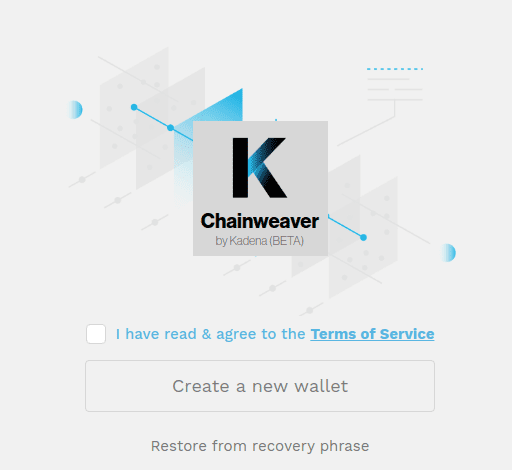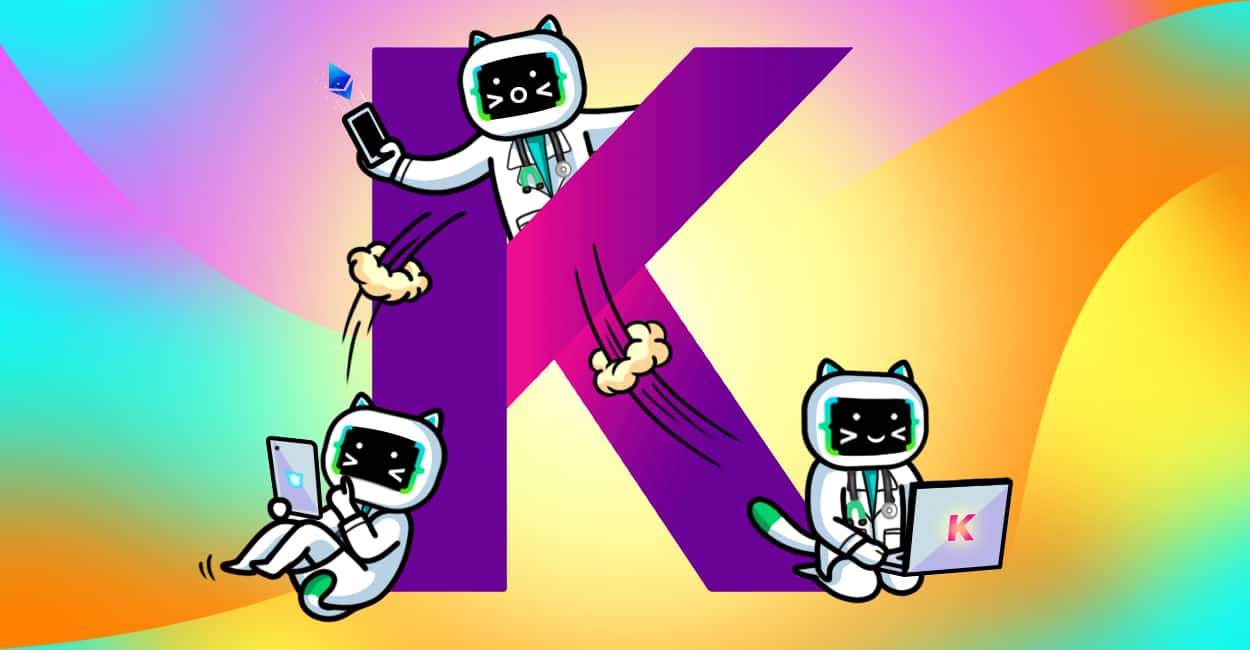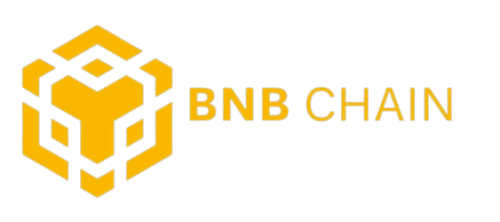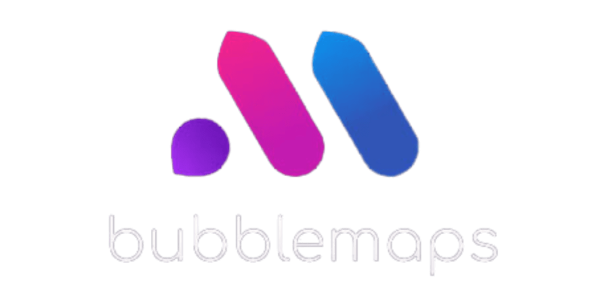Kadena Coin’s (KDA) success meant that the currency went on a parabolic frenzy, showcasing a 500% increase in just one day. You must have heard about the coin’s 1,124% jump in its price in a matter of two weeks only. But that’s not all. Price increase is one thing; the reason why Kadena managed to keep this increase up is the marvelous list of features it offers. The NFT support, no gas fees, remarkable security, immense scalability, and more.
You wouldn’t be wrong to assume that Kadena left its competition – all of whom were well-equipped with a much more advanced range of tools and upgrades – in the dust quite easily.
Let’s take a closer look at what Kadena blockchain is, its old-but-gold operating principles, and more to help you make an informed decision when deciding on whether or not the ecosystem is suited to you.
Kadena in Summary
Kadena is a public blockchain that uses a Proof of Work (PoW) principle to manage multiple individually mined chains. These chains, in tandem, are called the Chainweb and also constitute Kadena’s consensus mechanism.
The primary goal behind Kadena was to optimize scalability. The developers, Will Martino and Stuart Popejoy used a new smart contract language (known as Pact). What makes Kadena stand out is that in a world where everyone is upgrading to Layer 2 solutions, the blockchain has managed to offer the same, if not better, results on Layer 1.
The design supports high transaction speeds and capacity without the need for any second layer – yet. This may change as the chain scales, though. Investors like you are bound to be tempted if it continues its frenzies of achieving growth rates and the current innovative track that it has adopted.
What is Kadena?
Kadena (KDA) is an ecosystem with a proprietary chain architecture that includes its own native currency, developer tools, a unique smart contract programming language, and a range of other tools targeting enterprises. The goal is to help businesses, developers, and users scale their operations and enjoy the potentially unlimited reach that the decentralized currency world has to offer.
Kadena’s native currency, KDA Coin, has seen a massive increase in price and demand – something that took almost every other currency by surprise. The underdog wasn’t well-heard of before the rise, though, which is the primary reason why it isn’t listed on as many exchanges as others (such as BTC, ETH, AVAX, etc.).
According to Kadena developers, the reason why it scaled its first layer (Chainweb) is that it wanted to make it more developer-friendly (effectively increasing its throughput to 10,000 transactions per second). While there is a second layer (Kuro), other layers have only been introduced as the project scales. As at the time of writing, Kadena has managed to offer a whopping 480,000 transactions per second.
The zero gas fee structure further allows developers to make their projects more attractive and earn more on their ventures compared to other networks.
History
Kadena was founded in 2016 by former members of the JPMorgan blockchain development team. Stuart Popejoy, the Co-Founder and CEO of Kadena, developed the Kadena Coin, making it the primary currency needed to compute on the blockchain. Will Martino (former Financial Technology Manger, VP, at JPMorgan & Co.) became the tech lead for the platform, as recruited by Stuart. He is the official Co-Founder and President of Kadena.


When launched, the Kadena Coin was priced at $0.3728 only with a total volume of $840,920.
The Goal of Kadena
Kadena (KDA) was developed to solve very specific and distinct problems. You may have found that almost every other blockchain and platform, especially the Layer-2 solutions, aim to solve the issue of transaction speeds and price. While Kadena targeted those as well, you can also enjoy a range of other benefits thanks to the network’s multi-layered structure. These include, but aren’t limited to:
- Developer friendly
- No gas prices
- Extensively scalable
- Better security
- Faster transactions
- Constant focus on innovation
A prime example of how attractive these features are to developers is the partnership of UFO Gaming and Kadena.
Mitigating Network Congestion
While managing network congestion isn’t something new in today’s crypto industry, it’s how Kadena does it that is a concern for other networks. Congestion means slower transaction speeds and higher gas prices, and the go-to means of managing this was to introduce a new layer on top of the existing one.
It is an effective approach, but it meant that development would become slightly complex as well. Kadena expanded its base layer instead, hence offering the same solution but in a much more user-centric manner. And that’s what’s so scary about Kadena.
You will find that Kadena has “braided” multiple primary chains sharing the same cryptocurrency, hence offering vertical scalability instead of horizontal expansion.
No Gas Prices
There is currently a ‘financial war’ within the cryptocurrency industry. Every other currency is charging record-high gas prices, hence reducing investor and business profits alike. Kadena is the first ecosystem that doesn’t charge you anything on transactions, enabling developers to benefit from their applications and driving interest towards itself (and, in turn, away from competitors).
This, plus its sharded architecture, is giving Kadena absolute bragging rights over the competition.
Sharded Architecture
Sharding offers developers nearly unlimited storage capacity. It involves breaking data down into smaller chunks and arranging it accordingly. This makes the data more accessible, offers faster processing, and most importantly, offers potentially unlimited upgradability.
NFT Support
There aren’t many exchanges or platforms that offer NFT trading or usage support. Kadena is setting a new precedent by supporting the trading, purchase, and sale of non-fungible tokens on Kadena. This is thanks to Pact’s flexibility and the owners’ focus on giving others a run for their money.
Tokenomics of Kadena
The KDA Coin wasn’t much of an investment until August of 2021. As the industry rose, so did Kadena, rising in value from $0.3357 on 3rd August 2021 to 24.16 on 11th November 2021. This massive increase was because of its high performance and scalability.
With a market capitalization of $1.8 billion, Kadena is starting to stabilize at a price between $10 to $15. At its peak, the token boasted a market cap of $2.4 billion, moving significantly higher in just one month. In November, the token was trading at $6.95 compared to 23rd December’s $11.09.
For investors who held on to the currency during its frenzy, Kadena gave them an 8.5x portfolio growth. Throughout this growth period, more and more investors started pouring their money into the currency, further boosting its demand and, therefore, value.
Another reason for the growth spurt was that Kadena had started making changes into its protocol that would increase the utility developers could gain from it. For example, the platform allows users to buy, sell, trade, and mint their own NFTs. It also allowed token staking – a concept that is relatively new for the industry. Developers are now able to earn interest on the tokens they hold as well, instead of just using the currency as a developing tool.
KDA is a “flexible” coin, i.e., not only is it a source of value for holders, but it also acts as a ‘ticket’ to the platform. It is among the first tokens that allows developers to earn interest solely because they are holding the coin in their wallets. KDA can be used for smart contract executions as well as for staking. CoinMetro Exchange is the only exchange that offers KDA staking, as at the time of writing. The minimum investment for staking is 1,000 KDA.
How Kadena Works
Proof of Work (PoW) is an old operating model that would require a lot of computational power, which is why the world shifted towards proof of stake. Reliable as PoW was, the PoS is much less work-intensive and relatively easier.
However, Kadena is still operating on the proof of work (PoW) – and that too on just one layer. It braids several blockchain architectures to benefit from the different primary chains directly, which ultimately allows it to process up to 480,000 transactions per second. This impressive number is unprecedented for a layer one solution.
The architecture stacks the number of transactions a single chain can do and then braids numerous chains together to achieve the number of transactions that need to be done hence making one extensive vertical scalability. It doesn’t lay new layers on top of the existing ones but simply asks them to kiss.
Instead of sharing hashes and keys with different blocks on the same chain, Kadena saves the hash of its previous block on one chain and the hash of its previous block on another. It creates a ‘chainweb’ via the Pact smart contract language.
Kadena can be bought on the website itself or on Gate.io.
What Makes Kadena So Popular
Chainweb Protocol
The Chainweb protocol offers Kadena a much more robust security infrastructure. Because of the parallelized PoW mechanism, you can think of this architecture to provide Bitcoin-level security, all while ensuring improved transaction speeds.
Pact
Pact is a smart contract language that was designed specifically for the blockchain community, or as the language’s home page suggests, it is a “human-readable smart contract language.” The language boasts the ability to be highly secure and have error-reduction features, hence helping developers work faster on dApps.
Developer Tools
If you had to choose just one thing to compare Kadena with other platforms, go for the developer tools. Not only are the tools completely native and fully integrated with the Kadena network because of the single-layer architecture, but you can also expect the development on Kadena to be much easier than on other platforms.
Users also get access to helpful resources, such as tutorials, guides, samples, and modules to help with programming. The self-correction model further helps leverage the service architecture – something that translates directly into an improved user experience and retention.
Chainweaver Wallet
A new wallet released with Kadena, Chainweaver is a developer-friendly option that offers direct access to crucial functionality offered by the platform. It also acts like a regular wallet if needed. The wallet is available online. You can find Chainweaver within the Kadena ecosystem by following this link. It is a web-based wallet, and using it is just as easy as creating a new wallet.

Kadena Security
Kadena is geared towards enterprises as well, offering several corporate services and security. With a prime focus on innovation and blockchain products, Kadena creates its own protocols from time to time to offer enterprises new ways to tackle existing problems, primarily congestion and scalability. As of the time of writing, Kadena has not been subjected to major security exploits, even during the aggressive expansion it saw in Q4 of 2021.
The network has been audited by default; a fact that is evident from the report (as it is written Haskell).
Miners need to keep in mind that Kadena can only be efficiently mined with ASIC miners. If you have a CPU, GPU, or FPGA mining computer, you may find that the rewards may not be as lucrative as you’d expect. The Kadena mining network is getting a hashpool jumpstart, should you wish to partake in the process.
Currently, the Kadena token is looking to tackle giants, such as:
- Ethereum
- Binance Coin
- Cardano
- Algorand, and more.
Rising With Kadena’s Rise – And Falling With It…?
Kadena has experienced a massive increase in demand in a very short time – primarily because of the uniqueness it has brought to the table. It isn’t just the developers that get to benefit from the ecosystem, though, but users as well. The increased security of the platform and the associated wallet, improved transaction speed, and of course, the increasing compatibility with more and more exchanges are all steadily shaping Kadena into a sensation.
All this is to say that price isn’t the only consideration to make when it comes to the Kadena ecosystem and the currency. Yes, it has played a vital role in increasing the platform’s prevalence, but it’s the features that truly make the currency’s growth sustainable.
Here are some guides about similar currencies and tokens to help you decide which currency is best-suited for your needs.
Comparing The Best Layer 2 Rollup Solutions Out There







